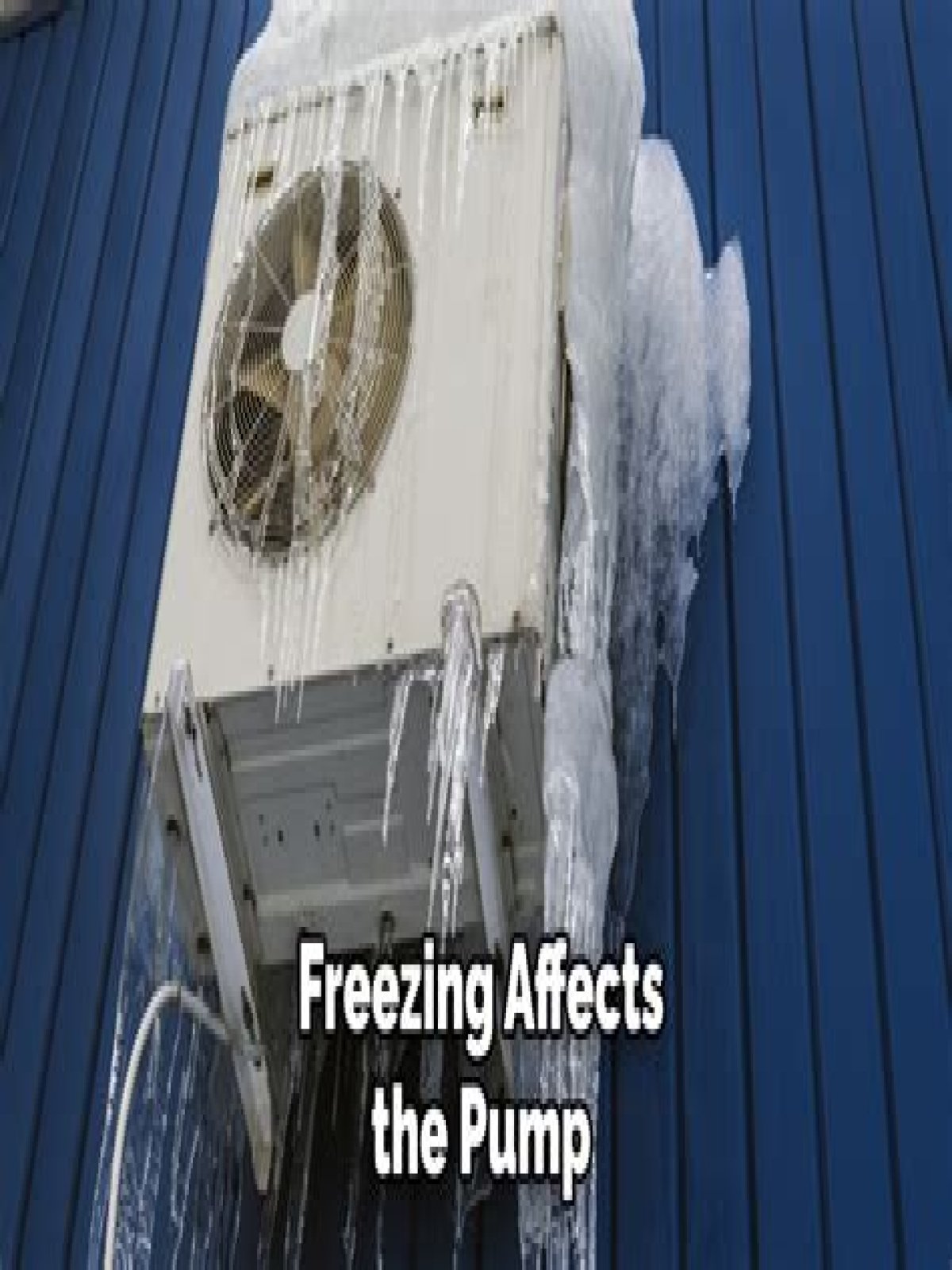How do you keep a shallow well pump from freezing?
Foam sleeves are a common solution to prevent freezing, but you can also use a thermal blanket or even old sweatshirts that are double wrapped. It can also be beneficial to use heat tape – just be sure to space it out about an inch or so along the pipe.
Will a shallow well freeze?
Shallow wells are more likely to freeze over. If you live in a location with seasonal weather changes, your shallow well pump may be subject to freezing. As temperatures drop, shallow well jet pumps that are located outside of the well altogether are subject to freezing and the damage it causes.
How do you insulate a pump house?
Insulating a Well Pump House with Foam In most cases, I have found that spray foam insulation is the best insulation option for a well pump house. With each season, closed cell spray foam keeps the pump house a conditioned space, so it doesn’t matter what the weather is doing outside.
Do Wells need a pump house?
Same goes for anyone living in a rural area with well water or an irrigation system. For this reason, it is important to have your pump house built or repaired long before winter comes. A pump house is an outbuilding that keeps your water system’s parts that reside outside of the well from freezing.
How can I Keep my shallow well pump from freezing?
The process of keeping your shallow well pump from freezing requires performing a few tasks in preparation for the weather to come. Empty your shallow well water pump so that no water at all remains in the intake or outflow lines, or the pump itself. If any water is present, it may freeze, resulting in broken water lines or a broken water pump.
What happens to water pump when it freezes?
If you don’t plan on using your pump for multiple months, it’s always a good idea to drain it and move the pump to a warmer or temperature-controlled space for the best results. When water freezes, it expands while other materials, like the metal found in water pumps, tend to contract and get smaller as temperatures drop.
What kind of water pumps need to be winterized?
All shallow or surface water pumps need to be winterized in cold-weather areas. This includes pond or fountain pumps, convertible jet pumps, pool pumps, irrigation systems, and more. They all need to be drained; don’t let them freeze in any circumstance.
How do you loosen the valve on a shallow well pump?
Loosen the pump valve using the water pump valve turner. The valve holds water in the pump so that it is already primed when water is needed. By turning the valve to the open position, you allow any water being held inside the pump to flow back into the well, leaving the pump completely empty.
The process of keeping your shallow well pump from freezing requires performing a few tasks in preparation for the weather to come. Empty your shallow well water pump so that no water at all remains in the intake or outflow lines, or the pump itself. If any water is present, it may freeze, resulting in broken water lines or a broken water pump.
If you don’t plan on using your pump for multiple months, it’s always a good idea to drain it and move the pump to a warmer or temperature-controlled space for the best results. When water freezes, it expands while other materials, like the metal found in water pumps, tend to contract and get smaller as temperatures drop.
All shallow or surface water pumps need to be winterized in cold-weather areas. This includes pond or fountain pumps, convertible jet pumps, pool pumps, irrigation systems, and more. They all need to be drained; don’t let them freeze in any circumstance.
What kind of hand pump do I need for shallow well?
Bison Pumps Stainless Steel Shallow Well Emergency Manual Water Hand Pump Model 1900 are used to provide water without the need for electricity. Shallow well hand water pumps suction lift water from a 25′ static water level. These pumps can be installed using the piping from your electric submersible.
